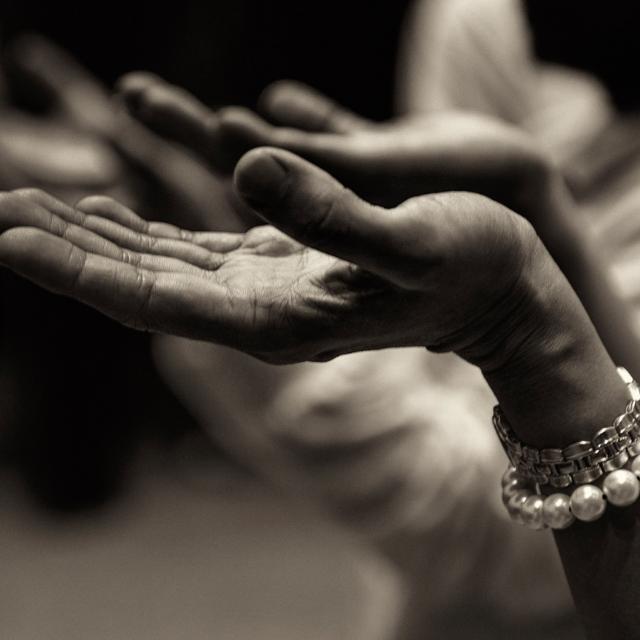UNAIR NEWS – Sastra (literature) originally a loan word from Sanskrit . The basic word sas means “instruction” or “teaching”. Literature contains instructions or guidelines referring to a type of writing with certain sense of beauty.
Jakop Sumardjo in his book, Apresiasi Kesusastraan (Appreciation of Literature), explains that literary works are attempts to record the authors’ soul. Literary works are useful form of arts. So indirectly it gives moral value of life to the readers. Literary works also give readers satisfaction.
According to Big Bahasa Indonesia Dictionary (KBBI), literature is a system regulating the system of faith (belief) and worship to Almighty God and rules of conduct relating to human relations with other humans and their environment.
The elements of religion consist of humans, servitude, and God. God is the Almighty and man is a servant of God. The essence of religion is to guide people to be virtuous. Furthermore, humans are expected to find happiness in the world and in the hereafter.
At a glance, religion and literature are connected as they both present guidelines to life. Religion and literature are interrelated like woven strings as ways to achieve goals. It feels as if religion and literature work together to support human life.
But who would have thought that behind this equation, religion and literature have their own defenses. Religion and literature have a barrier that prevents them from unifying. Religion have laws that bind its people and a doctrine that cannot be contested. There are certain limitations in religion that narrow humans movement.
Unlike literature which is interpreted as something flexible and non-binding. Freedom is the absolute key to literature. Literature is like a free soul. In literature humans are given freedom of expression, there is no rules that divides them, right or wrong.
As released by Medcom.id, since the era of Balai Pustaka (1920) the awareness on the importance of bridging literature and religion has emerged. It was evidenced by the publication of Nota over de Volkslectuur, otherwise known as Nota Rinkes. It stated that literary works should not be political, offensive to religion (neutral) and morality of the community.
Subijantoro Atmosuwito in his book, Perihal Sastra dan Religiusitas dalam Sastra (Regarding Literature and Religiosity in Literature) (1989) explains that literature requires other discipline to develop and improve its quality. Literature will only be useful if it is associated with external factors, including religious teaching values.
Literature and religion, from one viewpoint, do have a similar goal. But literature and religion cannot be unified. A quote from Medcom.id mentioned “the fall, when literature reads religion from a different perspective, there is a feeling of fear, offensive and even humiliation,”. Because in essence when literature speaks of religious issue, it becomes unethical nonsense.
Author: Tunjung Senja Widuri
Editor: Khefti Al Mawalia





